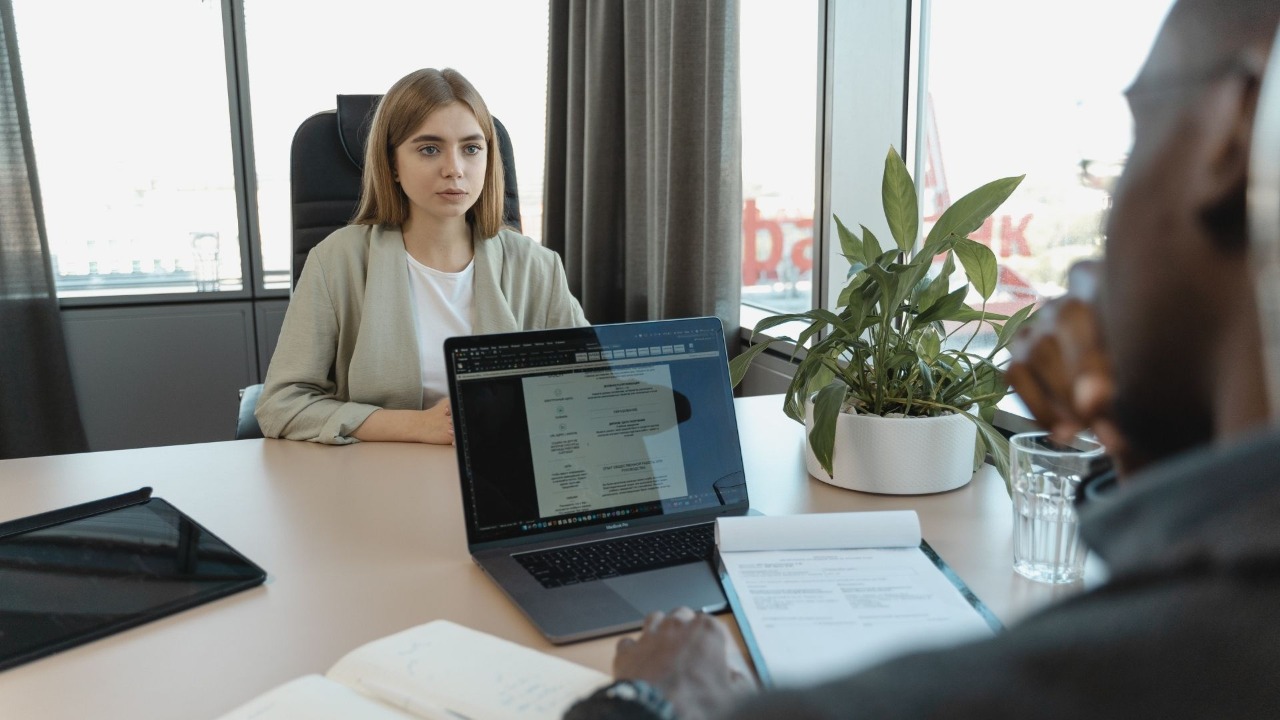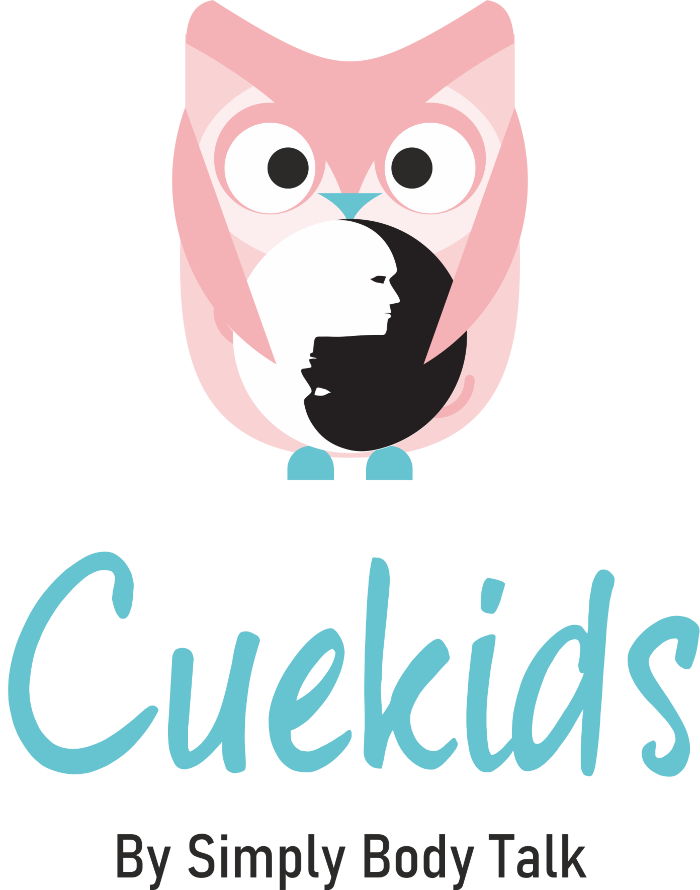Interview, what is the first thought that comes to your mind when you hear this word? This may trigger certain memories or emotions attached to interviews, which may or may not be pleasant. We all have given interviews at some point in our life. There is so much diversity associated with it that preparing for an interview is a task. Well, if you have a child who is preparing for an interview, either for higher studies, for their aural exams or their campus placement, here are a few things you can share with them.
What is an interview?
An interview is more of a conversation between two or more people for exchanging information for either a job or a course. As we are aware, there are numerous types of interviews, below are some of the essential ones. Let’s take a look at them and see how one varies with another or when which is used. And for each of these interview types, I will share a crucial body language tip that you need to keep in mind in order to appear confident and well-grounded to the interviewer.
Types of interviews:
1. Face-to-face interview
The most traditional and common one is wherein you sit in front of the interviewer and answer. This could be structured, unstructured, or semi-structured. Structured interviews are those wherein the questions are prepared in advance and asked in a sequence. Unstructured interviews don’t have pre-planned questions and questions are asked as they move along with the interview. In semi-structured interviews, some questions are pre-planned and some are formed as the interview proceeds.
Body language Tip – While giving a face-to-face make sure your posture is straight and not slouched so that you appear confident
2. Telephonic Interview
These are held on a phone call wherein the interviewer asks questions over a call. Mostly they held for the initial screening, lasting for 10 to 20 minutes
Body language Tip – Even though you are not visible to the interviewer, smile while greeting or when required to connect with the interviewer.
3. Message interview
Interviews of messages are conducted over a series of messages wherein the interviewer asks questions and the interviewee reverts on message. Message interviews are used before or after a face-to-face to confirm or to come to a decision.
Body language Tip – Although you might feel that the use of emojis helps to convey your mood to someone, it is best to avoid these when communicating for an interview formally with an interviewer you don’t know personally.
4. Video Call interview
Virtual interviews are held online using any of the virtual portals. This form of interview is the closest to face-to-face as the interviewer can see and interact with you. Used more commonly for remote hiring
Body language Tip – As it’s a virtual interview try not to use too many gestures while speaking to avoid distractions
5. Group interview
When two and more people are interviewed at the same time it is a group interview. This is a quick way of recruiting in a brief time. This format is more commonly used for sales and management roles. Candidates are given a topic to discuss with each other.
Body language Tip – Actively listen when others are speaking and respond either verbally or nonverbally like nodding
6. Panel interview
In a panel interview, two or more interviewers take the interview. Questions are asked by all and the interviewee has to answer them. More commonly used for hiring senior management or academic positions
Body language Tip – Maintain eye contact with every interviewer and not just the one who asked you the question
7. Stress interview
As the name suggests, here the interviewer tries to see how well the individual performs under stress. There is a range of stress from mild to extreme which the candidate has to go through to know how well they can handle a difficult client or colleague, meet deadlines, and so on.
Body language Tip – Try to be aware of your stress signals so that you are prepared better and know when to take a pause before answering
8. Behavioural interview
Here the individual’s past experience is asked to determine whether the candidate is a good fit or not for the role. Its objective as the candidate lays down facts through experience or past performance. An effective way of getting the right candidates at a lesser cost. While answering you can use the STAR- situation, task, action, a result which not only makes the answer easy but also to the point.
Body language Tip – Use smile effectively as and when required for building warmth with the interviewer
9. Technical Round
In the technical round, the candidate’s technical skills and expertise are tested as they are asked questions about the job role and how effectively the candidate can fit in the role. To see whether the candidate has the necessary set of skills
Body language Tip – While answering make sure you show the right amount of confidence by using effective hand gestures
10. Case study or Puzzle Interview
In puzzles, different problems are given to test the candidate’s problem-solving skills and thinking abilities. These puzzles are not easy to solve but it helps the interviewer understand the candidate’s thought process. Another form is called a case study where the candidate’s thought processes and thinking abilities are tested. Here candidates are given simulated situations to solve.
Body language Tip – Try to be more aware of your body language, especially if you are appearing impatient while thinking of the answer to the problem
11. The Career Fair
A form of mass recruitment held mostly in educational institutions or neutral places wherein many recruiters participates to hire employees. This saves a lot of time and money for organizations and candidates to get a good exposure. Make sure you have the list of the organizations participating in the fair and read about their culture. Customize your elevator pitch depending on the organization and the position
Body language Tip – Greet the interviewers using the right body language both at the start and at the end of the interview
12. Portfolio
A portfolio interview is one wherein a candidate shows a sample of their work. This varies depending on the profession such as sample designs, drawings, codes, sample articles, and so on. Customize your portfolio depending on the job through education, experience, or accomplishments
Body language Tip – Highlight key aspects of your portfolio showcasing enthusiasm through effective body language
These were some major types of interviews with effective body language tips that can be used definitely for your child’s next interview.
How we can help:
If you would like to know how we work with kids and young adults to share body language tips specific to the type of interview they are preparing for, and suitable to their personality, you can reach us over the chat window or call us on +91 7045540534.






[…] You may also like to read: Body Language Tips for Different Types of Interviews […]
[…] Previous Next […]